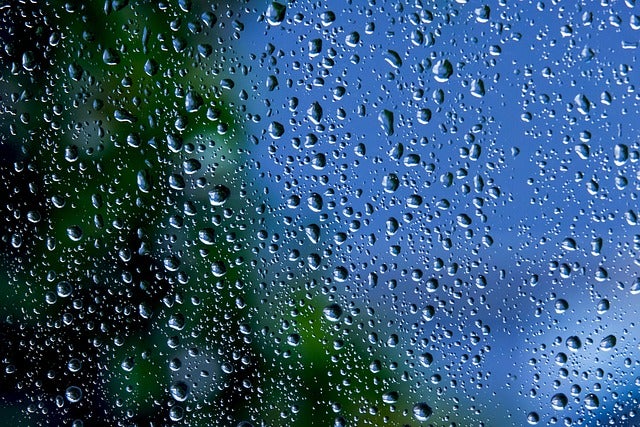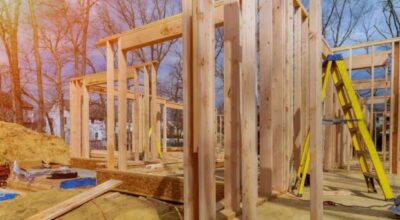Drought affects oak trees
Published 3:11 pm Tuesday, October 4, 2016

- CARSON REEHER | HERALD Looking down from High Bridge there are a variety of trees, some of which could be exhibiting signs of decay and decline due to consistent drought conditions of recent summers.
Q: I have noticed a lot of dying oak trees just east of the U.S. 460 and East Third Street intersection and below High Bridge. What is causing these trees to die?
Decaying oak trees are not yet cause for concern as it is most likely caused by recent drought conditions, according to area experts.
Virginia Department of Forestry Forest Health Manager Lori Chamberlin said she has received an increased number of reports regarding dying or declining red oaks this summer. She is investigating the situation but believes, along with other specialists, this is simply a case of drought-caused decline.
“Death in one year is rarely the case,” Virginia Cooperative Extension Agent Jason Fisher said, adding a decline could take decades.
Fisher specializes in agriculture and natural resources. He said many trees, including oaks, shed leaves early due to the drought. Though there is plenty of rain now, there was a shortage of rain in the summer months of June-August, said Fisher.
Fisher said some trees are showing “leaf scorch” and anthracnose, both diseases, which could be in part due to the extreme dry and hot weather during recent months. This year, he said, red oaks in particular are exhibiting leaf scorch and browning, but he and his co-workers believe this to be weather-related.
“Not all trees will do this unless stressed,” Fisher said.
However, despite current conditions for local oak trees, Department of Forestry Senior Area Forester Patrick Murphy said decaying trees below High Bridge and at the East Third/U.S. 460 interchange are not actually oak trees at all.
“Those are ash trees and ash trees are affected by a bug called the emerald ash borer,” said Murphy.
He explained ash borers have traveled through the northeast section of the country and killed ash trees. He said he recently confirmed this, as well as confirming similar conditions near Hampden-Sydney College. Murphy said the borer population leads to discoloration in the trees and leaves because it is killing the tree.
He said there is a treatment that can be used to prevent ash borer damage, but it is not a realistic way to treat all trees in a forest, instead intended for two or three trees in a yard.
“It’s an insect-led epidemic. There’s not but so much we can do until the population crashes,” Murphy said, adding the forestry department discourages the planting of ash trees because they could potentially end up being killed by the emerald ash borer. “In addition to that, confirmed by department etymologist, we are seeing some mortality in oak trees and it’s predominantly in the red oak family.”
He agreed with Fisher — the cause of the oak tree problem is numerous years of drought.
Murphy also said a big drought about five years ago stressed the trees initially, but additional stress is visible every year. He said the area goes through seven weeks of dry weather, the most recent of which ended about three weeks ago.
“There are some oak trees that are dying and there’s not much we can do about it,” Murphy said, adding the next step is to continue to educate the public on forest management. “Ash makes excellent firewood and so does oak. Let’s get those trees utilized so they don’t lay there.”
Fisher said the Virginia Cooperative Extension will, usually, wait in situations like this and see if oak trees show signs of recovery come spring. Levels may vary due to prior stress, age, site condition and other conditions, he explained.
“This is one of those things where nature takes its course. It’s kind of a Darwin thing with survival of the fittest,” said Murphy.





